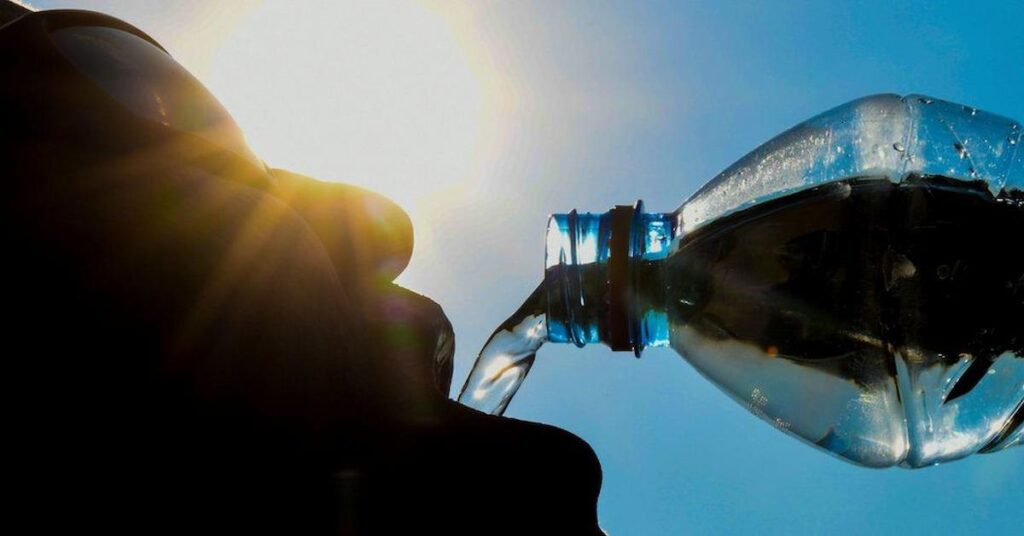Plastics
We are eating plastics unknowingly in the form of microplastics. Scientists and researchers have found samples of microplastics in the body of many people, they have studied. Plastic is a polymeric material that can be molded or shaped with the help of heat and pressure. The ability of plastics known as plasticity has specific properties such as low density, low electrical conductivity, transparency, and toughness allowing plastics to be manufactured and used for a variety of applications.


Uses and benefits of plastics
- Plastics enable us to use it for its sustainability, durability, long-lasting design, and construction in homes, buildings, and infrastructures.
- Plastics are used in the automotive industry for a variety of purposes such as safety feature building, performance, and fuel efficiency.
- Plastics are used on a large scale in packaging food items and beverages. Plastics are light and help in reducing fuel consumption.
- Plastics are used in the manufacturing of appliances and machinery. Plastics are bad conductors of electricity and are light in weight making them a better option to use in making appliances and machinery.
Microplastics
Microplastics as the name suggests are tiny particles of plastics. They are defined by their diameter. A plastic particle having less than 5 millimeters in diameter is considered microplastic.
There are two categories of microplastics: Primary microplastics and Secondary microplastics
Primary microplastics are produced for industrial purposes such as in cosmetics as well as microfibers.
Secondary microplastics are the results of the breaking down of larger plastic items such as plastic bottles. Environmental exposure to plastics creates microplastics.
Primary microplastics and Secondary microplastics are the two categories of microplastics as shown above.
We all unknowingly eat plastics
Microplastics are everywhere, the sea, the beaches, the air, the food, and the clothes we wear. We are eating plastics unknowingly in the form of microplastics. Scientists and researchers have found samples of microplastics in the body of many people, they have studied. These microplastics are so small that they can only be seen with the help of a microscope. Researchers have found a good amount of microplastics in the air and the water. The health impacts of eating plastics unknowingly are many.
What are the health impacts of eating plastics unknowingly?
The microplastics that we consume unknowingly enter our bloodstream, they are present in our guts.
Scientists are still studying the health impacts of eating plastics, how much microplastics our body can tolerate, and how much damage they can do to our bodies.
Microplastics along with other toxic pollutants and materials can harm and weaken our immune system. Microplastics can cause serious damage to our digestive system and can cause heart blockage leading to heart failure.
The microplastics in our surrounding becomes more harmful when they are contaminated by other toxic pollutants and materials.
Microplastics are everywhere. They are in our oceans, land, air food, and the water we drink. The study of microplastics is rather a new branch of study and researchers are trying to find out ways to cope with this problem.
Conclusion
Plastics are to some extent a very useful material. We can not imagine our life without plastics because of their usefulness and their versatile nature. But it is also true that plastics are a major cause of pollution. Many health issues have been related to the burning of plastics. As many of us know they are biodegradable, the best way to manage plastic pollution is to recycle them or reuse them. In this article, we came to know about the various problems created by microplastics and their effects on our health.
